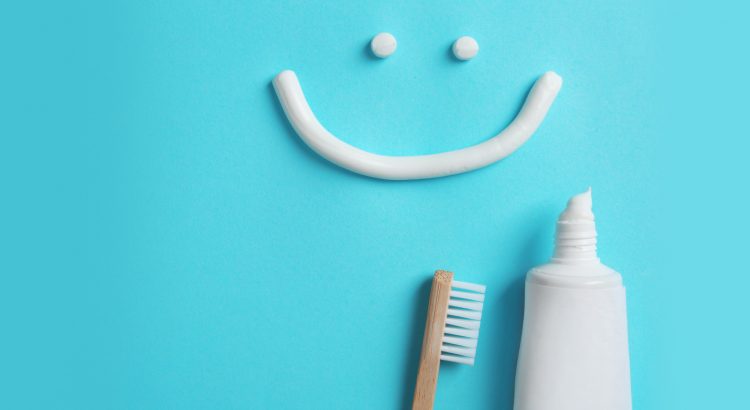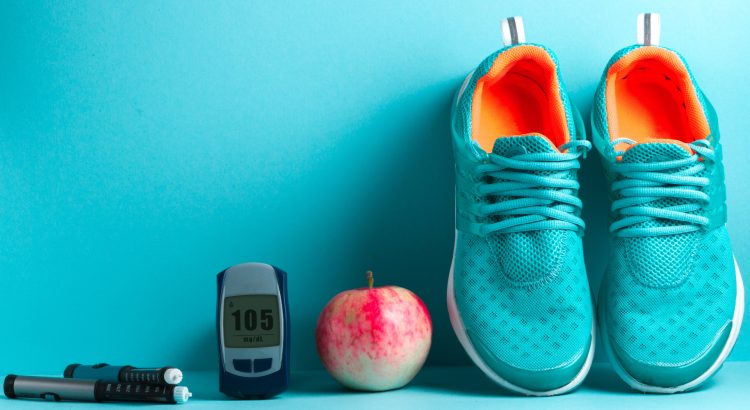The cold weather and abundance of sweets during Fall can affect the teeth.
With Halloween freshly behind us and Thanksgiving on the way, autumn is a season for celebration, shared meals, and candies! However, every good thing has its negative. Cases of teeth plaque and tooth decay often increase during the holidays as people get too busy or consume more food. The cold weather also brings in a craving for hot, sweetened chocolate drinks that can affect your dental health. As the temperature drops during fall, your teeth’s sensitivity might also increase as nerve endings get exposed to the cold air. Fluctuating heat levels may also cause your teeth to crack and intensify the effects of gum recession. The frigid, biting air may even dry your lips and cheeks, causing them to bleed and blister.
10 Ways to Prep Teeth for Fall
When it comes to oral health, it’s better to be safe than sorry. The key to a healthy smile is early prevention and detection. And, to help prep your teeth, here are other dental health tips that you can do on your own:
- Stay hydrated
Staying hydrated can do wonders for your oral health. Since your saliva helps in coating your teeth in a protective layer (while flushing out any harmful bacteria) keeping your mouth moist is a must. When you don’t drink enough water, your mouth can dry and encourage bacterial colonies to grow. Water also contains minerals that can strengthen your teeth and help in enamel maintenance.
- Avoid (or moderate) sugary drinks — like Pumpkin Spice Latte
From egg nog and wine to hot chocolate and tea; the cold weather can have everyone reaching for these tasty beverages. Over the years, one drink has outranked them all, and that’s the famous Pumpkin Spice Latte. Popular every autumn season, it invokes a sense of nostalgia and rustic feel to the holidays.
However, it also brings with it plenty of sugar and tannins that can stain your teeth and induce tooth decay. If you ever get the craving for it, just make sure to brush your teeth 30 minutes afterwards, or you may end up with plaque buildup and stained teeth. Not to worry though, you can always schedule a tooth scaling or whitening treatment to remove all those latte stains.
- Manage tooth sensitivity caused by weather changes
Teeth sensitivity is a year-round affair for many people. Some may even have their teeth become more sensitive after a filling or other dental treatments. However, this painful sensation can be magnified with sudden temperature drops.
Cold weather can affect your teeth’s nerve endings and crack your lips. All these might be too difficult to treat since no one really escapes the cold during autumn. However, you can engage in preventative measures, such as using lip balm and visiting your dentist.
- Avoid (or moderate) Halloween candy
Halloween candy is a staple for any trick-or-treat trip around the neighborhood. Just seeing even one brings back memories of fun times and spooky nights with friends. Even adults can join in on the fun and ask for a piece of candy or two. However, eating too much Halloween candy can have its own spooky effects.
Sugar-loving bacteria can haunt your teeth and cause severe tooth decay, but with proper brushing, healthy oral habits, and plenty of water, you can drive them away. You can let yourself and your kids indulge from time to time, but it’s best to limit the intake.
- Substitute s’mores with healthy bonfire treats
Autumn is a great time for camping, a bonfire, and some s’mores — nothing could be more perfect. However, the thing with marshmallows and sweet treats is they can wreak havoc on your teeth afterwards. So, the next time you think of camping out, why not go for healthier alternatives?
How about a midnight snack of fruit chunks such as pineapples, bananas, strawberries, dates, and peaches. You can drizzle them with a bit of maple syrup and cinnamon, then roast them over the fire. You can even smoke some ham, sausages and other hearty meats then dip them in mustard and ketchup! How about a healthy grilled cheese sandwich toasted over your bonfire? Stop settling for s’mores and explore other creative menu options.
- Replace your toothbrush
Your toothbrush is your weapon in the battle against bacteria and plaque. You need to make sure your toothbrush is in the best condition. If it’s worn and damaged, you need to buy a new one.
The bristles of old toothbrushes can get frayed and even harbor some harmful bacterial colonies. Changing your toothbrush every 3 months can protect your teeth and gums from frayed bristles and bacteria.
- Schedule a dental cleaning before the holiday rush
Arranging a dental cleaning is always a good thing. However, it’s important to note that any teeth cleaning clinic near you could be jammed during the holidays. To avoid getting wait-listed and delayed, call early and arrange a schedule before the onset of autumn celebrations.
- Consider chewing on Xylitol gum
Xylitol gum has no sugar in it. Even though it tastes sweet, Xylitol is a naturally derived sweetener that neutralizes your mouth’s pH level. It can give you fresh breath while protecting your teeth from bacterial growth.
- Treat your teeth
This holiday season, why not splurge on yourself and treat your teeth? Instead of spending your money on junk food, you can always invest in your health. Spend money on your smile by arranging dental cosmetic appointments and buying high-quality oral hygiene tools.
- Use your dental benefits
Major dental services to correct your teeth can be quite expensive. However, it’s a worthwhile investment. Most dental insurance expires on the 31st of December. It’s best to take advantage of your coverage before the year is out.
Dental benefits for seniors and adults alike can be used to cover appointments, cleanings, and exams. So, arrange an appointment now rather than having your insurance money go to waste as the new insurance year begins.
To avoid any future oral health problems that can disrupt your autumn celebrations, try flossing every day and arranging a dental appointment beforehand. It may be the season for treats, but you don’t have to be scared of cavities and tooth decay. With proper oral care habits, you can successfully get through the fall season and have a blast.


